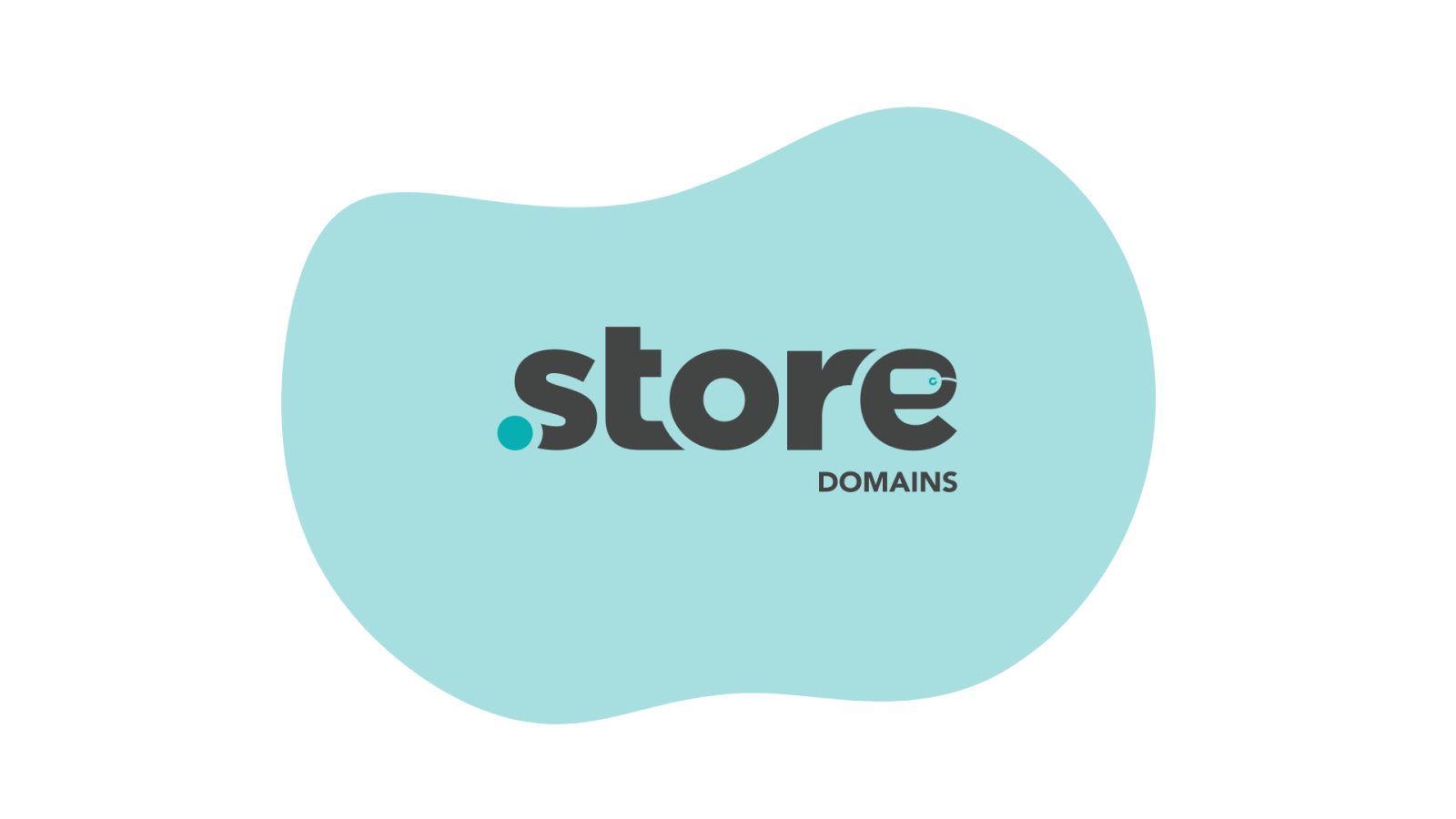Keyword research for eCommerce business is like the foundation of its SEO strategy.

eCommerce SEO covers a lot of things but it is mainly about telling Google and other search engines what your brand is about and what you sell.
Keywords play a major role in making sure that the search engines perfectly understand your business and show your online store to people whenever they make relevant searches.
Keyword research for eCommerce business is simply the art of understanding the keywords and phrases that your potential customers are using in order to find the products that you sell, then matching your site and marketing terminology.
In this guide, we will be covering all the important aspects of keyword research for the eCommerce business. Let’s have a look at a few important terms first:
Search Volume – It is the total number of searches for a keyword in a month. A high search volume would mean that a lot of people are searching for the specific keyword and hence the potential for more traffic and conversion for you.
Keyword Competition – It is important to go after search volume but only with consideration for the competition. The higher the competition the tougher it would be to rank on the first page. Go after keywords with comparative high search volume but low competition.
Search Relevance – Even after you find keywords with the perfect combination of high search volume and low competition, it wouldn’t give great results if they don’t have search relevance. The keywords would need to be highly relevant to your business and niche, and only then would the visitors have an actual interest when they land up on your online store.
Let’s look at a few tips to optimize keyword research for eCommerce business.
1. Determine Where You Rank In Relevant Search
Before making informed decisions about your keyword strategy, it is important for you to determine where exactly do you rank in the relevant keyword search. You can find that out with the help of SEO tools.
For example, Ahrefs is a great tool that provides an effective Rank Tracker feature. You can look at its performance report to identify which keywords are you exactly ranking for and your average position.
By regularly checking on your search rankings, you will be able to improve such content that is dropping in average ranking positions. Dropped rankings are like early warnings that tell you to make updates to preserve your spot on the SERPs.
2. Study Your Competitors
Ranking in search is all about beating your competition and overtaking them in the search results.
Keyword research for eCommerce business would need you to determine how much work you need to do to stay at the top of your game by keeping a track of your competitors.
Here are a few things that you can look out for during your competitor research process:
- Specific keywords that they are going after
- Page authority required to rank at par with them
- Domain authority to understand the power of their domain
- Source of their backlinks to get ideas for guest posting or other collaborations
SEMRush is a great tool for studying your competitors.
By just putting in a URL you can find out metrics such as organic search volume, paid search volume, organic traffic over time, number of backlinks, traffic by geographic channels, and referring domains and IP addresses.
The tool also provides you with a list of related keywords that users input in their search bar, identifying sites that are similar to yours based on seed keywords.
It’s especially very helpful when you are trying to find out who your competitors are exactly.
The tool also provides you with unique and common keywords for up to five domains, and also the level of difficulty to rank against the keywords your competitor is using.
One of their best features is the Keyword Magic Tool that can give you access to over 2 million keyword ideas for your keyword research for eCommerce business.
3. Use Long-Tail Keywords
Short-tail keywords are usually very broad and spread out so much that it gets highly difficult to rank on them. A better option is to use long-tail keywords that help you in outshining within your niche with the use of the best possible keywords.
Optimize your blog posts or product pages for long-tail keywords, so that even if lesser traffic lands, their purchase intent is high.
High intent keywords are relatively simple keywords with high commercial intent, signifying a higher chance of the user to take some action.
Let’s look at the different kinds of search intents in regards to SEO:
Informational Intent – Keywords with informational intent signify that a user is looking for some specific information and needs answers to their queries.
These keywords fall under the ‘I want to Know’ or ‘How to’ type of searches and place users at the top of the funnel.
Even though optimizing these kinds of keywords might not lead to a sale immediately, they do represent ways to engage with potential customers early in their buying process.
Using keywords that optimize for informational intent is best for positioning your business as an authority.
Investigational Intent – An investigational search lies somewhere between informational and transactional search.
Even if users searching for these keywords are not immediately ready for purchase, they would still be ahead of the users searching for keywords with an informational intent in the sales funnel.
When comparing prices or product features, or expanding knowledge by doing research, people mostly engage in an investigational search.
By optimizing your content for these keywords you can convince your potential customers that you are better than your competition.
Transactional Intent – Transactional searches are done when a customer is ready to make their purchase.
These include keywords with a high commercial intent such as buy, price, free shipping, for sale, discount, where to buy, review, and so on.
Depending on your industry or brand, very specific keywords could also fall in this like, coffee maker, winter clothing, Samsung Galaxy S10+, iPhone 12, etc. Use these kinds of keywords to optimize your website for direct conversion.
Finally, you can build an editorial calendar with a well-defined strategy that optimizes keywords not just for one but for each type of intent.
Rather than optimizing just for transactional intent keywords, you can drive better sales by targeting people at different stages of their buyer’s journey by optimizing all the kinds of keywords.
Why Use Long Tail Keywords?
Long-tail keywords drive quality traffic and increase conversions:
Long-tail keywords are specific in nature, which means the people who land on your eCommerce website are more likely to buy from you.
This also means that the search traffic generated from long-tail keywords is of better quality.
If a person searching for ‘Men’s leather shoes in Mumbai’ lands on your online store, there’s a high probability that the person will buy from you since your content was targeted to them and they clicked on your website.
Long-tail keywords are less competitive:
Everyone looking for ‘Men’s leather shoes’ is looking for men’s leather shoes and not for men’s leather shoes in Mumbai.
To put it simply, the more specific you get, the easier it is for you to rank for those keywords.
Long-tail keywords are great for voice search:
Voice search is swiftly taking over as the means to search the web. People are no longer typing in their search queries.
They simply speak their query into their smartphone’s virtual voice assistant to get instant results.
Almost all the search queries are long-tail in nature. ‘Where can I buy casual shirts near me?’ or ‘Ice cream places near me’ are examples of voice search queries.
By including long-tail keywords relevant to what you are selling and where you are operating is a great way to target results on voice assistants.
Pro tip: Google recently revealed that “near me” searches have grown more than 130% YoY.
So, it is wise to include the phrase “near me” or “nearby” in your metas (meta title, meta description, and meta keywords).
How To Search For Relevant Long Tail keywords
Start by logging in to your Google Analytics account. Then, clearly identify the keywords and phrases that are driving the most traffic to your online store.
Proceed by searching for long-tail variations of those words by Google’s Keyword Tool.
For example, search for the long tail variations of the term ‘leather shoes.’
Variations such as ‘buy leather shoes online’, ‘men’s leather shoes’, ‘formal leather shoes for men’, ‘women’s leather shoes’, ‘men’s leather boots’, etc. will appear.
Pick your keyword based on the following:
- Relevancy to what you sell (For example if you sell men’s leather shoes or women’s leather shoes)
- Level of competition (preferably pick keywords of lower competition so you can rank higher for them)
- Number of searches (Pick your keywords that have a decent number for monthly searches)
If this doesn’t work for you, head over to Google, and search for phrases and words relevant to what you sell.
Google will make relevant long tail suggestions for the specific keywords already entered.
Simply include the new suggestions as part of your long-tail strategy.
Additionally, it is smart to create content around long-tail keywords.
If the phrase ‘what is the difference between leather brogues and formal boots?’ has a monthly search volume of 450 times a month and low competition, then it makes sense to create an engaging blog post about it.
Informational and actionable content is great for your blog and overall eCommerce content marketing.
Be sure to include the target long-tail keyword or phrase in your post’s URL, page title, H1 tags, and repeatedly throughout the body of the content.
Furthermore, you can include infographics, videos, images, or offers to entice your site visitors and convert them into loyal customers.
How To Integrate Long-Tail Keywords Within Your Blog Posts
1. Understand your buyer
When it comes to integrating long-tail keywords as part of your overall eCommerce digital marketing strategy, it is imperative to first understand who your target audience is.
Who is buying from you? What is their age? What is their income?
The moment you dive into understanding what goes on inside your customer’s mind, it becomes easier to craft an effective content marketing strategy and create content with relevant long-tail keywords.
The best way of understanding your customer is to create buyer personas. In fact, creating and maintaining buyer personas is regarded as an integral component of keyword research.
Why? Because identifying your buyers’ profile will help you to avoid creating content for the wrong audience or targeting the wrong list of keyword phrases.
Buyer personas make understanding your customer group a lot easier.
Even, Anna Ritchie of Content Marketing Institute seconds the process of creating buyer personas. She says “the goal should be to make buyer persona development a part of everything you do, day in and day out.”
2. Identify the purpose of your content
Getting serious about your content marketing strategy is the best way to effectively integrate long-tail keywords.
An Oracle statistic blatantly reveals that “per dollar spent, content marketing generates more ROI than paid search.”
This makes content creation and distribution a highly lucrative and effective marketing avenue for eCommerce businesses looking to appeal to their target audience.
And to make your content marketing organically rich, adopting long-tail keywords is the way to go.
While using a keyword research tool and data to churn out relevant keywords and trending topics is important, what trumps everything is the value factor.
Your content needs to provide immense value and utility to the reader.
Addressing product issues or talking about tips and hacks are things people love to read about.
For instance, if you are selling formal dinner jackets, you can talk about how celebrities are sporting formal jackets in informal clothes or ‘5 ways to wear a dinner jacket on jeans.’
This will help you to organically rank for relevant long-tail keywords and make for an interesting read.
3. Create content-rich in long-tail queries
Everyone says content marketing can help you boost SEO, but not many know exactly how it’s done.
While ranking for a seed keyword is imperative, you also need to rank for a host of relevant long-tail queries that your customers are searching for.
The best way to get search engines to notice your website is by starting a blog and writing on topics that your target audience is searching for.
The inclusion of long-tail keywords will help you to target the right audience and get them to visit your online store.
Here’s how you can seamlessly integrate long-tail keywords in your content:
Include your target long-tail keyword as part of your headline
Whether it’s a blog post, an email, a Facebook post, or a Twitter ad – long-tail keyword headlines will drastically improve your rankings.
Make your long-tail keywords a natural fit
Most long-tail keywords stand out from other words or sentences like a sore thumb – they don’t read easily or feel natural.
This is why your content needs to focus on including long-tail phrases and words in a simple and inconspicuous manner.
Include long-tail keywords as part of the introduction
While including long-tail keywords is imperative for the headline, it is also essential to include it as part of your blog posts’ introduction or your emails’ introductory paragraph.
Smart content marketers usually include naturally fitting long-tail keywords as part of the introduction to captivate readers in the first shot.
Doing this includes will also help you attract search traffic.
Include long-tail keywords in your subheadings
Including long-tail keywords in your subheadings reinforce the intent and purpose of your headline.
Also, not everyone will be inclined to read your blog post or email word by word.
This is why including long-tail keywords in your subheadings are great for content scanning.
4. Invest in anchor text creation
An anchor text is that part of a phrase or sentence that is clickable. Links can be for your internal blog or product pages or for external web pages.
In either case, investing in anchor texts and including them as part of your content with relevant links helps to strengthen your long-tail SEO strategy.
While including long-tail anchor texts with exact match links are crucial for SEO, Moz recommends that 17% of your anchor texts should be brand names, such as, get.store or Nike or HubSpot, and so on.
Anchor texts are a great way of building quality backlinks. And high-quality backlinks are great for SEO.
In Conclusion
Keyword research for the eCommerce business is an essential foundational step for developing a strong eCommerce SEO strategy. If done well, it can provide useful direction regarding what kind of strategies and tactics to employ.
The best way for going about your keyword research for an eCommerce business is to do it from two vantage points: one from your own perspective, and another by spying on your competitors.
Focusing on different metrics such as search volume, keyword competition, and search relevance will only give you more accurate results.






